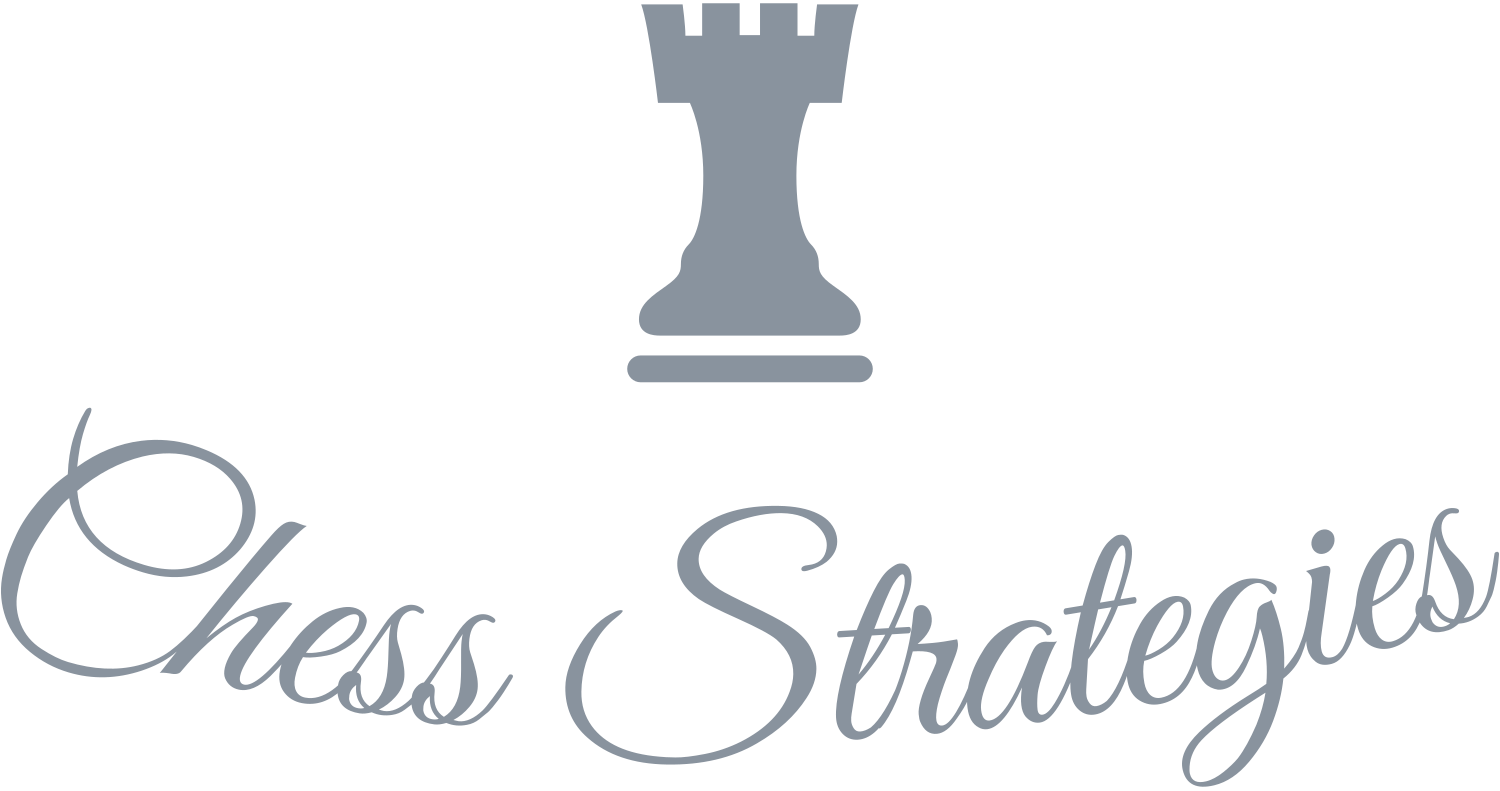Chessboard Chronicles: The Mesmerizing Design and Strategic Significance of its 64 Squares
Have you ever wondered why a chessboard has exactly 64 squares? For centuries, this question has intrigued many chess players, historians, and mathematicians. There is no definitive answer, but several theories shed light on the origins of this iconic game.
The chessboard is a central component of chess, providing a unique playing surface that has challenged players for centuries. But why does the chessboard have 64 squares, and what is the significance of its design?
In this article, we’ll explore the following:
History of the Chessboard
Chess is an ancient game with roots that date back thousands of years. The game has undergone many transformations, with different versions played in different parts of the world. The modern chess game, with its familiar pieces and 8×8 board, emerged in Europe during the Middle Ages.
Early chessboards varied in size and shape but often had a grid-like pattern that divided the playing surface into squares. These boards could have as few as four or as many as 144 squares. The 8×8 grid became the most common design as chess became more standardized.
Design of the Chessboard
The chessboard consists of 64 squares arranged in an 8×8 grid. The squares are alternately colored light and dark, with the light squares traditionally white and the dark squares traditionally black. The alternating pattern creates a sense of symmetry and order on the board.
The squares on a standard chessboard are 2.25 inches, with the entire board measuring 18 inches by 18 inches. This size has been standardized by the World Chess Federation, which regulates the rules and equipment used in international chess competitions.
Strategic Implications of the Chessboard Design
The design of the chessboard has a significant impact on the gameplay and strategy of the game. The 64 squares create a finite playing field that limits the number of possible moves and strategies available to players. The alternating light and dark squares also create a pattern that can be used to help players visualize potential moves and positions.
Different squares on the board have different strategic values based on their proximity to other pieces, their vulnerability to attack, and other factors. For example, the center of the board is considered a strong position, as it allows a player to control more squares and potentially launch attacks from multiple angles.
Mathematical Applications of the Chessboard
The chessboard has fascinated mathematicians for centuries, inspiring various puzzles, algorithms, and mathematical investigations. One of the most famous of these is the Knight’s Tour problem, which involves finding a sequence of moves that allows a knight to visit every square on the board exactly once.
The Knight’s Tour problem has been studied by mathematicians for centuries, with solutions ranging from simple algorithms to complex theorems. The problem has also been adapted to other fields, such as computer science, where it has been used to develop algorithms for optimizing routing and logistics.
Cultural Significance of the Chessboard

The chessboard has significantly impacted culture and society, both as a game and as a design element. The distinctive pattern of the squares has been used in everything from textiles to architecture, adding a sense of order and symmetry to a wide range of products and environments.
The chessboard has also inspired artists and designers, who have used its unique pattern and symbolic associations to create works of art and design. In popular culture, the chessboard has been featured in films, TV shows, and other media, often symbolizing strategy, intelligence, and competition.
Final thought…
The 64 squares on a chessboard have played a crucial role in the game’s development and popularity. The board design allows players to visualize and plan their moves, while the alternating light and dark squares create a sense of order and symmetry. The board’s design’s strategic implications and cultural and mathematical significance have made the chessboard an enduring symbol of strategy, intellect, and creativity.
Whether you’re a seasoned chess player or appreciate the beauty and complexity of the game, the chessboard is an object that has much to offer. By understanding the board’s history, design, and significance, we can gain a deeper appreciation for the game and its enduring appeal. So the next time you sit down to play a game of chess, take a moment to reflect on the remarkable design of the board that makes it all possible.

